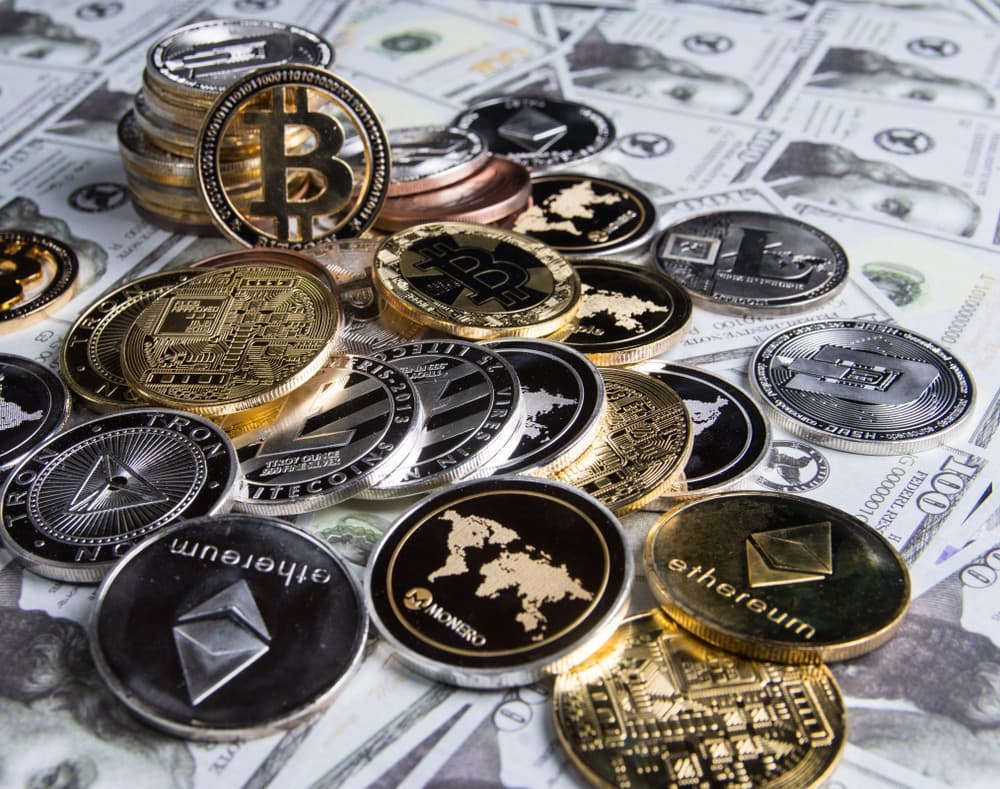
Mr. Market Miscalculates Oil, Again
Andrew Packer, Grey Swan Investment Fraternity
In April 2020, amid the throes of the pandemic, some traders were caught on the wrong side of the oil market. Oil demand collapsed as workers stayed at home.
As a result, the May 2020 contract for West Texas Intermediate crude oil got hammered. For the first time in history, a commodity traded at a negative price.
Historically, a commodity has always been worth something. It’s a physical good. Even agricultural commodities, which can spoil over time, can be used somehow before they become worthless.
But in the case of oil, prices plunged from $18 to -$37.
Of course, this was just on a futures contract. Nobody was going to get paid over $30 to take physical delivery of a barrel of oil. And there’s no way you would have gotten paid to gas up your car.
The price discrepancy only lasted while traders in the May 2020 contract repositioned themselves and took a humiliating loss.
As quickly as it began, oil prices went back to normal. Oil closed out 2020 around $48 per barrel.
Around the time oil prices went negative, I started buying shares of Exxon Mobil (XOM).
Why? Because negative prices wouldn’t last forever.
In this case, they barely lasted a few days. But the fear it created in the market marked what could be a decade low for valuations in the energy sector. And if the oil market got really bad, Exxon would be one of the last players standing.
Oil is fascinating. It’s the most-watched commodity. Yet experts who spend decades learning just about the oil market are often caught by surprise price moves like this one.
Every asset class has its fearful moments. And investors who buy during those periods should get excellent returns.
Buying an asset during a period of peak fear is part of an “all of the above” investment style. And today, over four years after oil went negative, fossil fuel energy still fits into that strategy.
How Oil Fits Into the “All of the Above” Investment Approach
“All of the above” investing is an approach I’ve developed over the decades. And I’m happy say it works…
Every year, I usually have one position that goes against the rest of my portfolio, but I also typically have a few positions that knock the lights out in terms of performance each year.
But despite some periodic big swings, my portfolio won’t blow up. It’s too diversified because I’ve bought too many great companies or assets when they’ve been unloved, out of favor, or simply victims of market fear.
That’s the power of this approach. If you always go where the value is, it won’t always be comfortable, especially when you first buy. But it can mean big returns over time.
It’s what led me to buy a home in 2009, when prices were near their crisis low. That property has nearly tripled in value. But besides living in it for nine years, it’s now rented out, providing significant cash flow. Yes, at the time, buying it was scary.
There was no guarantee that housing prices wouldn’t drop another 30%. But the fear was so palpable, and so many banks were looking to get inventories off their books, the home was available for less than the replacement cost to buy the land and materials and build a new one.
This strategy led me into bitcoin in early 2017, when it first started to trade at a higher price than gold. Since then, gold has more than doubled, but bitcoin is up over 60-fold. (Yes, in hindsight, I should have bought more, and earlier. But if I did, I may have taken profits too soon, or gotten caught up in the Mt. Gox scandal and lost it all.)
I was also a buyer of gold and silver back in the 1990s. At that time, commodities were the Rodney Dangerfield of assets — they “couldn’t get no respect.”
In the early 2000s, investing in oil, copper, and natural gas as they started to take off helped accelerate my wealth.
Today, stocks trade at all-time highs. So does gold. Bitcoin hit all-time highs earlier this year, and is trending back to them, possibly on the way to $100,000.
What values does that leave? Not bonds. Prices ticked lower (and yields higher) after the Fed’s rate cut and the latest inflation data.
Not NFTs or most cryptos. Bitcoin and Ethereum have a clear use case. Most other cryptos may rally if the big players take off. But many of these cryptos have no fundamental value behind them.
If anything, it’s commodities are once again getting the Rodney Dangerfield treatment. And if I’m right, this time around, big returns in commodity markets could multiply investor’s wealth over the next few years.
Several commodities have my eye right now, but oil looks like the top play today.
The Case for Oil Now
On paper, oil looks unattractive as an investment.
As Addison noted earlier this week, there’s simply no traction on the technical chart. Crude oil has been stuck between $65 and $85 this year. Right now, it’s back down to around $70.
But there are several reasons why oil is down, but not out. And why it looks like it could eventually surprise markets to the upside.
We can get into the supply and demand fundamentals. Supply is being held back by OPEC+ nations, although there is some cheating there. And EV sales growth has cut back on demand somewhat.
The International Energy Agency (IEA) even reported this week that they expect oil to move into a long-term downward spiral, perhaps stabilizing around $25 per barrel. That’s the kind of analysis you see on Wall Street when a company is downgraded after its shares have already plunged 50% – a possible sign that the opposite is about to occur.
Longer-term, there’s been a serious underinvestment in oil (and commodities in general). It’s been nearly ten years now since OPEC moved to produce as much as possible to drive prices down and crush U.S. shale oil producers.
That worked, at least briefly. But instead of relying on cheap debt and bank loans, these shale producers simply retrenched and deleveraged their balance sheets.
Today, many U.S. producers, like the oilfield that Prairie Operating is drilling out in Colorado that I visited last month, can make a profit in the $30-40 range. And U.S. production is high enough that we’re near energy independence.
The Last Inflationary Distortion?
But there’s another factor at play that makes oil look cheap here. It’s the fact that over the past few years, we’ve had cumulative inflation of about 20%. If you’re skeptical about that headline number, you can use a higher amount.
Either way, that means that today’s $70 per barrel is likely closer to $55, maybe even $50.
You can see this at the gas station. In a world where going out for fast food has risen from $10 to $25, paying $3.50 for a gallon of gas feels like a bargain. And it likely is.
And that makes oil too cheap. Especially with rising geopolitical tensions in the oil-rich Middle East. The shutdown of the Suez Canal, a bigger shooting war with Iran in the crosshairs, and oil could soar back to over $100, as it first did when Russia invaded Ukraine in 2022.
Using the inflation adjustment and knocking off 20-25%, oil would still be cheap. Too cheap, for any Grey Swan-style event that could impact global security or the energy markets.
That’s why today’s investors may want to consider moving some tech profits into the unloved commodity space.
You can start with the big, dividend-paying players like I did when I started buying Exxon. Chevron also works. Ditto for Occidental, if you want to ride Warren Buffett’s coattails.
Should oil start to take off, smaller and more exploratory companies will deliver big capital gains. We’re not quite at that point yet, but we’re starting to build a watchlist for our Grey Swan Investment Fraternity members.
Mr. Market is miscalculating in the oil market right now. By the time he’s proven wrong, oil will have already soared.



